Robotized UGV
Perrone Robotics (PRI) has deployed a robotized unmanned ground vehicle (UGV) for customer Imperial Machine and Tool. PRI began with a Polaris ATV and retrofitted it with actuators to control the vehicle’s steering, throttle, brake, gear state, and e-brake. We then dropped in a flexible electronics package for onboard controls, network camera, and a communications link. PRI’s MAX software platform and MAX-UGV software framework components enabled a rapid configuration of onboard controls in just a few week’s time. PRI engineers then built a simple joystick driven interface for remote control of the UGV.
A handheld PC attached to the joystick provides a touch screen for additional controls and the ability to remotely see what the UGV’s onboard camera is seeing in real time. Additional controls were also implemented for remote control of an onboard payload lift package.
From start to finish, PRI engineers fielded a complete and tested solution of a custom robotized ATV platform in less than 6 months time. By using off the shelf components, a standard mobility platform, and PRI’s novel MAX robotics software platform, PRI was able to deploy a commercially useable and field ready UGV at a fraction of the time and cost of competitive approaches. “The key hurdle to overcome in these projects is integration time.” says Perrone Robotics’ founder Paul Perrone. “At this point, the software building blocks in MAX are so vast and rich that it may even be possible to mass produce UGVs like the one here now. A robot in every garage? It’s possible.”
Chris Joest, President of Imperial Machine and Tool, went on to say “We were very impressed by Perrone Robotics’ ability to develop, test and successfully field a superior UGV for us. They were able to take the project from concept through to a completed and tested unit in a very short period of time. As a developer of advanced tactical solutions for the US DoD Imperial will certainly call on Paul and the good folks at Perrone Robotics whenever we are faced with a similar need in the future.”
